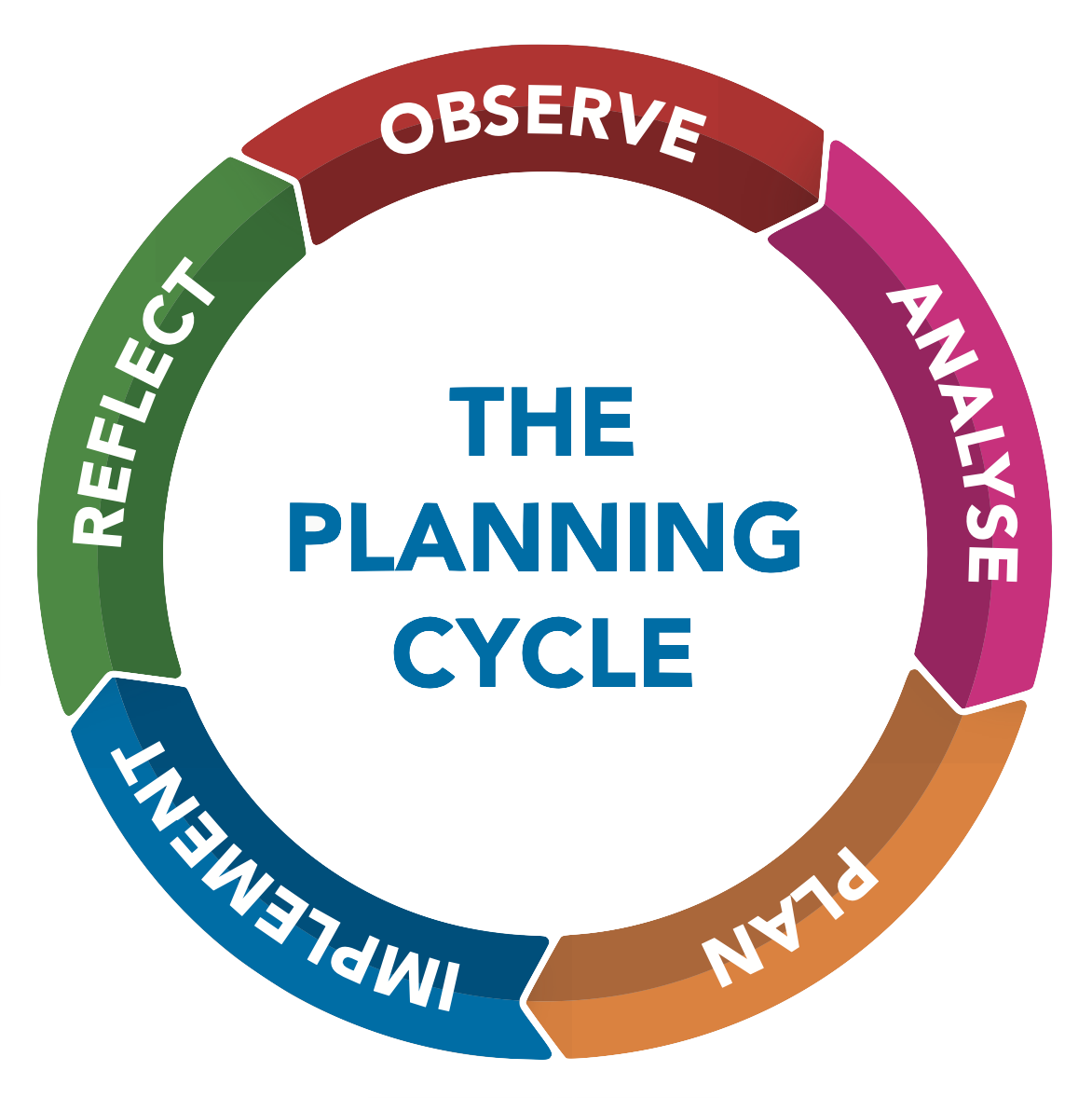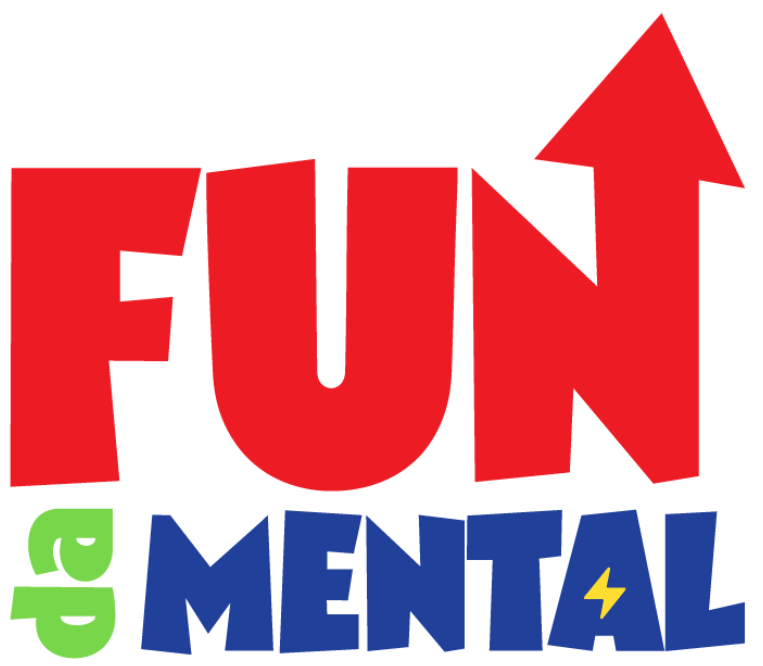Unlock Nature - Assignment Instructions
Key Goals
- Choose a topic in the category of science.
- Use the scientific method to design a science experiment
- Develop your logical reasoning and processes
- Find the discrepant events
- Use them to inspire curiosity
- Run experiments that enable a children to produce evidence to form logical reasoning.
You will use the Scientific Method Worksheet when you are planning (it is an editable PDF).
Collaboration
You can approach your centre manager and/or the room leader to seek support.
- Share their perspectives on how to apply the new idea
- Support you in the planning
- Help you determine the best time to apply it in your usual program
- Share their perspectives on how to apply the new idea
- Support you in the planning
- Help you determine the best time to apply it in your usual program
Assignment Logic

Observe an Interaction
Are they attracted to motion, sound, light etc.
This will tell you which discrepant events you should use.
Remember, it's about going beyond their expectations!
Assess the Interactions
See which elements children naturally animate in the scientific method.
And see which elements they don't animate.
e.g i saw the children ask questions, planning a test, and then doing the test!
And i saw that the children were not not making predictions.
And they were not reflecting on what just happened.
Design a New Interaction
Consider the knowledge you gained in the assess phase.
Note: You will be using the scientific method to structure your lesson, to prove by experiment.
Design Guide
EYLF 4.2 Children develop a range of learning and thinking skills and processes such as problem solving, inquiry, experimentation, hypothesising, researching and investigating

1) What discrepant events (elements of surprise) could you use to kickstart and investigation?
2) How could the use of questions improve the children's investigation?
3) When asking testable questions how can you include cause & effect?
4) How can you encourage the child to hypothesise, that is, a potential answer to the question along with an explanation?
5) What resources will you need to run the experiments?
6) What testing will you need to do before you prove the experiments?
7) When we do the experiments, how can can we collect the evidence?
8) Can we form logic from our test results?
9) How can we discover a working process that we can use to control?
10) if there is a problem (i.e something doesn't work) how can we refine out testing?
11) how can i inject fun, creativity, and control into our session?
Action Your Plan
Reflect on the Outcomes
Then copy your reflection and paste it when you submit your assignment.
Be sure to have your Scientific Method Worksheet ready.
Get in touch
-
PO BOX 534
Kellyville NSW 2155 -
lw@thesonickitchen.com.au
-
0400 795 806
Stay in the Loop!
Collaboration
If you are the only person In your centre doing this course?
You can approach your centre manager and/or the room leader to seek support.
- Share their perspectives on how to apply the new idea
- Support you in the planning (i.e do you apply it to an interaction you have already planned? or make a new one?)
- Help you determine the best time to apply it in your usual program
If you have other colleagues doing this course?
You can work with your colleagues online (using the learning platform chat, or video conferencing) or in-person
- Share their perspectives on how to apply the new idea
- Support you in the planning (i.e do you apply it to an interaction you have already planned? or make a new one?)
- Help you determine the best time to apply it in your usual program
